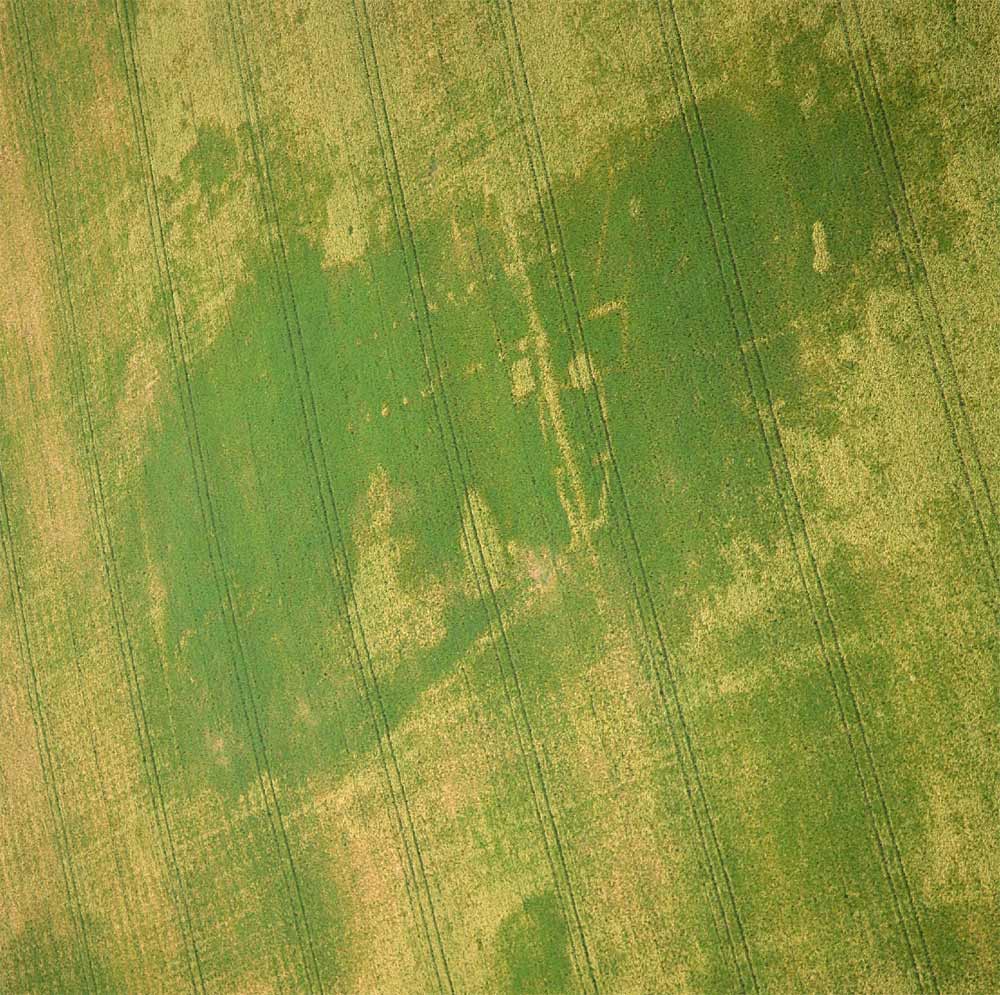
© Sott
This is going to be a long one so get a cup of tea or coffee and settle down. Those of you who like your information in short bytes, this article is not for you!
I've been reading a lot lately. I mean a LOT. Well, so what else is new? Anyway, the range of topics I've been covering are varied; I tend to follow my nose. I often will read one book that suggests another book, and off I go, but lately, it's been very eclectic and seemingly unconnected. Let me give you a sample going back just a couple of weeks: I picked up
You Are Not So Smart by David McRaney because I read a snip of it on my husband's kindle reader. I don't do kindle because I underline and make notes, so I bought my own copy. That led to
Redirect: The Surprising New Science of Psychological Change by Timothy D. Wilson which then led to another of his books:
Strangers To Ourselves. That then led to
Making Sense of People: Decoding the Mysteries of Personality by Samuel Barondes. Some books I had ordered some time ago then arrived:
Amarna Sunset by Aidan Dodson;
Akhenaten: Egypt's False Prophet by Nicholas Reeves;
Akhenaten & Tutankhamun: Revolution & Restoration by Silverman, Wegner and Wegner;
Akhenaten: History, Fantasy and Ancient Egypt by Dominic Montserrat. Then came
The Fall of Rome And the End of Civilization by Bryan Ward-Perkins. Next:
Dark Ages: The Case For a Science of Human Behavior by Lee McIntyre, followed by
The Taboo of Subjectivity: Toward a New Science of Consciousness by B. Alan Wallace. Here and there I've been reading snatches of Bertrand Russell. (I also read three mysteries by Gladys Mitchell, but that was just fun reading.) And now I'm reading
War Before Civilization: The Myth of the Peaceful Savage by Lawrence H. Keeley alternating with
Does the New Testament Imitate Homer? By Dennis R. MacDonald.
As I said, this all may seem unconnected, even to me, but the strange thing is that all of the above books circle around a particular theme: Science/academia - has really lost the plot, and the thing that was proclaimed to be the answer to all of humanity's problems has turned into the probable means of our destruction. This is no small matter, I can assure you, and deserves some consideration. In the book
Dark Ages: The Case For a Science of Human Behavior, we read:
What would it feel like to live in a Dark Age? Would you realize it? Or would you just see the achievements of the day - perhaps even feeling lucky to live in such "modern times" and fail to see all that had not been achieved. Of course, no one living in a Dark Age would call it that; rather this label is placed on a backward era only by a later one, in which the state of human civilization is more advanced. With the benefit of hindsight, it is easier to see what has been missed. But isn't there nonetheless some way to judge one's own era?
Look around you. We live in a time of enormous technological achievement, when we are able to bend nature to our will, and yet we suffer from the same social problems that have plagued the human race for millennia. Despite the enormous progress that we have made in our understanding of nature, who can honestly say that the bulk of the problems that are the cause of human misery today are not of our own creation? And yet what have we done about them?
The comparison between our success in understanding nature and our failure to understand ourselves is vast. We have satellites and fax machines that transmit stories of barbarous cruelty that could have been told by our ancestors. We have ever more sophisticated weaponry of war and yet no true understanding of what causes war in the first place. ...We are as ignorant of the cause-and-effect relations behind our own behavior as those who lived in the eighth or ninth centuries ... [we're ignorant of the causes] behind disease, famine, eclipses, and natural disasters. We live today in what will someday come to be thought of as the Dark Ages of human thought about social problems. (McIntyre, MIT, 2006)


Comment: See also: The Inquisition